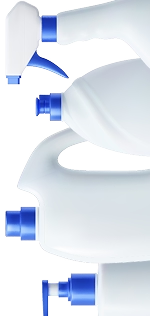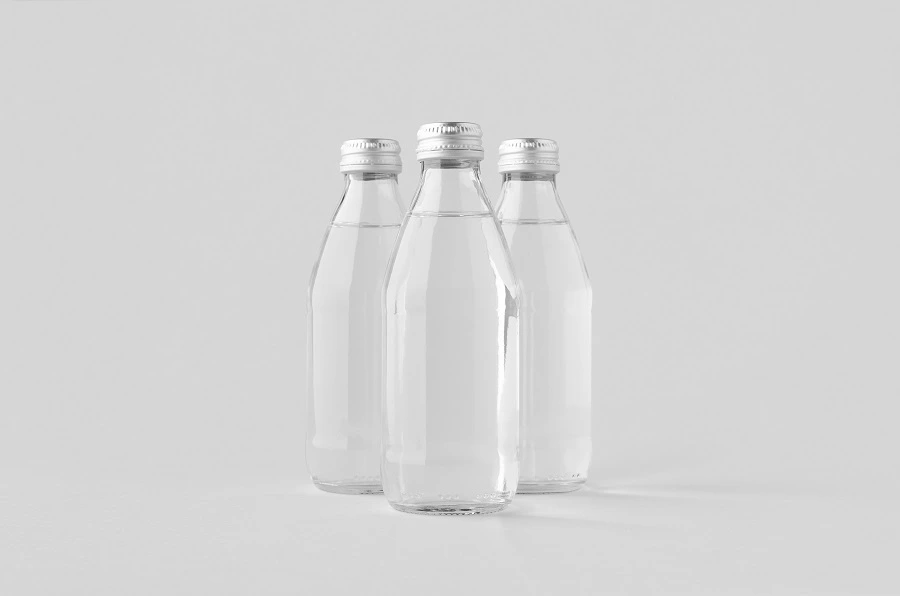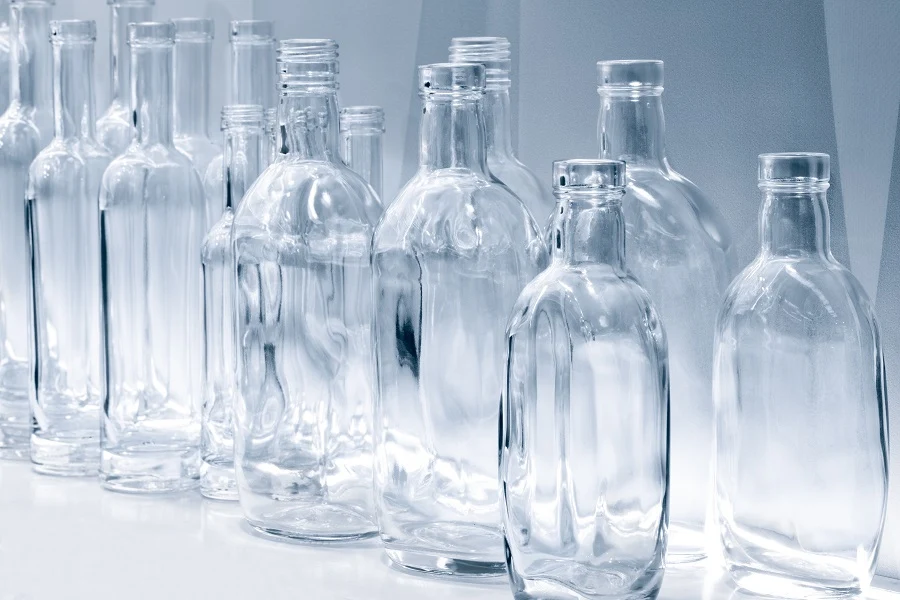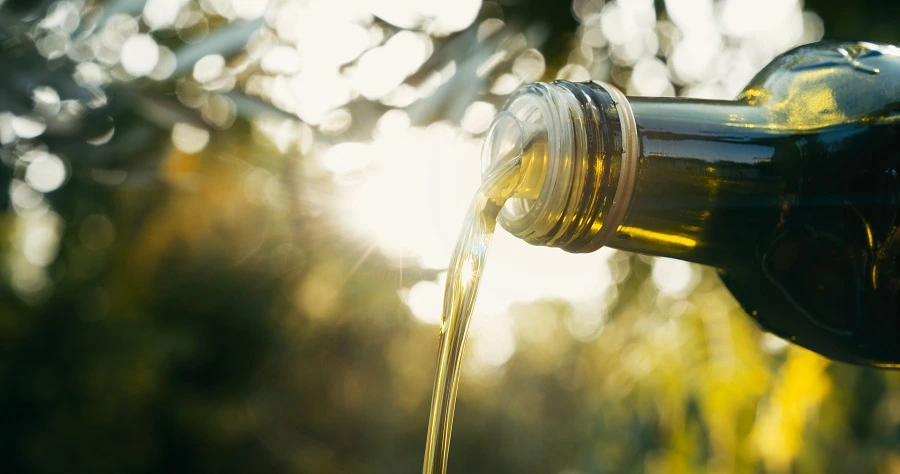What Is Food-Grade Plastic, and Why Does It Matter for Container Packaging?
- ByRobert "Rob" Starmann
- July 23, 2025
In today's consumer-driven market, packaging does far more than simply contain a product. Packaging is the crucial barrier for food items, ensuring that what we eat remains safe, fresh, and uncontaminated.
With growing awareness around health and safety concerns, consumers are increasingly scrutinizing packaging materials and asking important questions: Is this container safe for my food? Could chemicals be leaching into what I'm about to consume? What exactly does "food-grade" mean?
With over 50 years of food packaging industry experience, Ashland Container understands that navigating the complex world of materials can be overwhelming. This guide aims to demystify food-grade plastics and provide essential knowledge to make informed decisions about your food packaging needs.
What Does Food-Grade Plastic Mean?
Food-grade plastic represents a specific classification of materials deemed safe for direct contact with food products. These specially formulated plastics prevent harmful substance migration into food and beverages while maintaining product integrity.
What sets food-grade plastics apart is their composition. Unlike general-purpose plastics, food-grade varieties are manufactured using carefully selected raw materials and additives thoroughly tested and proven safe for food contact. This means they're free from harmful chemicals and compounds that could potentially contaminate food products.
Key Requirements for Food-Grade Plastics
For a plastic to earn the food-grade designation and to ensure it's safe for contact with what we eat and drink, it must meet several critical requirements. This designation isn't just a label; it signifies that the plastic has undergone rigorous scrutiny and meets demanding safety standards. Here's a closer look at what's required.
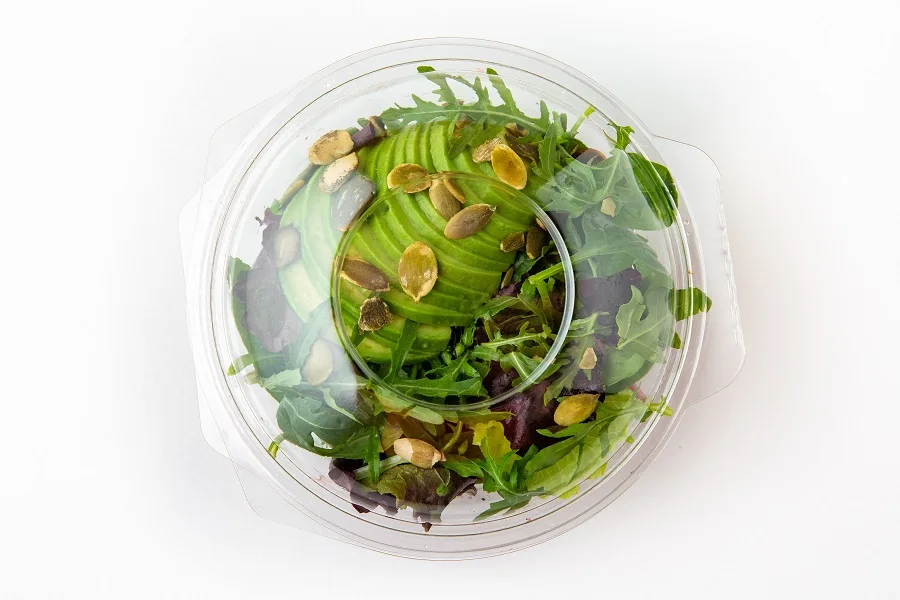
Non-Toxicity
- Requirement: The plastic must not contain or release harmful substances into food. This means it will be free from chemicals, like BPA and heavy metals.
- Implication: Prevents contamination of food products and protects consumer health.
Chemical Resistance
- Requirement: The plastic must withstand exposure to various food components (acids, fats, alcohols, etc.) without degrading or leaching.
- Implication: Maintains the integrity and safety of the plastic, preserving its properties throughout the product's shelf life.
Regulatory Compliance
- Requirement: The plastic must comply with stringent regulatory standards established by authorities like the FDA or EFSA.
- Implication: Ensures adherence to specific guidelines for materials, manufacturing processes, and testing, guaranteeing consumer safety and allowing businesses to avoid legal repercussions and preserve their brand reputation.
These requirements guarantee that food-grade plastics provide a safe, reliable, and compliant solution for packaging, storing, and serving food products.
Benefits of Choosing Food-Grade Plastic for Packaging
Food-grade plastic offers a combination of safety, practicality, and sustainability that's hard to beat. Here's why it's a smart choice:
- Safety and hygiene: Food-grade plastics undergo testing to minimize contamination risks. Smooth, non-porous surfaces resist bacteria, ensuring a sanitary packaging solution.
- Durability and versatility: Adaptable materials molded into various shapes suit different food types, from films to rigid containers. They are durable and prevent material transfer.
- Recyclability and sustainability: Many food-grade plastics (PET, HDPE, PP) are easily recycled. This follows trends; however, a durable, easy-to-clean material benefits everyone. Lightweighting and recycled content enhance sustainability.
Why Is Food-Grade Plastic Packaging So Important?
Using food-grade plastic isn't just a suggestion; it's a crucial foundation for consumer safety, product quality, and brand trust.
- Ensuring consumer safety: Food-grade packaging prevents harmful chemicals from migrating into food and creates a barrier against bacteria and other contaminants. Using these materials will help guarantee that nothing goes wrong with production, packaging, or delivering a product to customers.
- Maintaining product quality and freshness: Food-grade plastics preserve taste, prevent oxidation, and offer excellent barrier properties to protect against environmental factors. They can often be used to store products for a longer period.
- Regulatory compliance and brand reputation: Brand image must ensure that the packaging is legal and certified. Always follow every guideline to stay afloat.
Common Types of Food-Grade Plastic & Their Uses
Food-Safe Polyethylene Terephthalate (PET or PETE)
PET (recycling code #1) offers exceptional clarity and strong oxygen/moisture barriers, so it’s ideal for visible food products. Its impressive strength-to-weight ratio suits applications from beverage bottles to condiment containers. PET is highly recyclable and provides excellent shelf stability, though it's not recommended for hot-fill applications exceeding 160°F.
Food-Grade High-Density Polyethylene (HDPE)
HDPE (recycling code #2) combines durability with outstanding chemical resistance, particularly against acids and bases. Its opaque appearance provides UV protection for light-sensitive products. Common uses include milk jugs, juice containers, and cereal box liners. HDPE maintains integrity from freezing to 180°F, offering manufacturers significant filling flexibility.
Food-Grade Polypropylene (PP)
PP (recycling code #5) features exceptional heat resistance, so it’s ideal for microwaveable containers and hot-fill applications. Its chemical stability prevents reactions with acids, bases, and most solvents. You'll find PP in yogurt containers, margarine tubs, and condiment bottles. PP's fatigue resistance allows for innovative designs with integral hinges that flex repeatedly without failing.
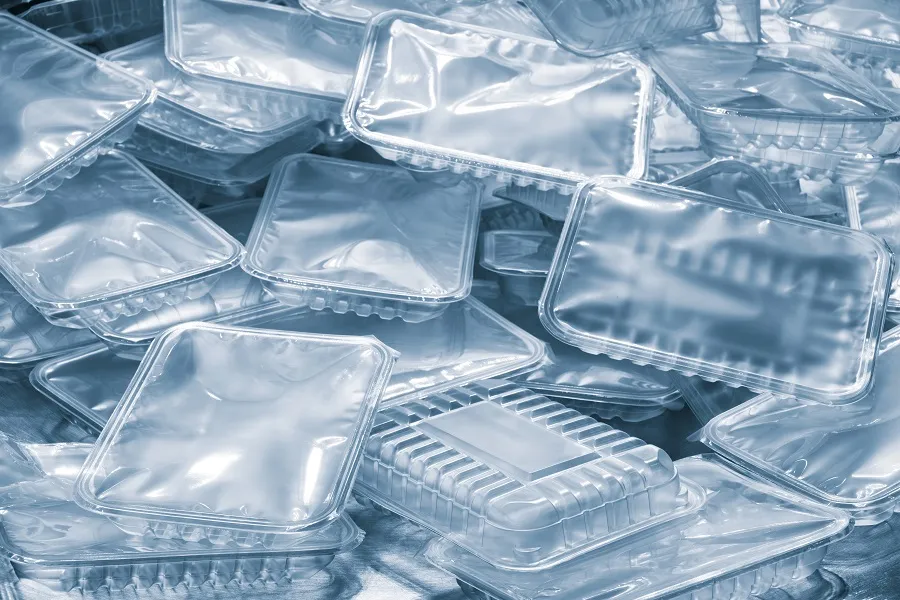
Polystyrene (PS)
PS (recycling code #6) comes in rigid and expanded (Styrofoam) forms. While historically common in food service as disposable cups and containers, it isn’t as popular today due to environmental concerns. Rigid PS offers clarity and stiffness, but is brittle. Expanded PS provides thermal insulation but has poor recyclability, leading many businesses to seek alternatives.
Other Options: Understanding Limited Applications
Other plastic types have specific but limited food applications. PVC (#3) offers clarity and oil resistance but contains plasticizers, raising health concerns. Polycarbonate, once common in reusable bottles, has largely been phased out due to BPA concerns, with manufacturers transitioning to alternatives like Tritan™ copolyester that offer similar properties without health concerns.
Food-Grade vs. Food-Safe Plastics: Clearing Up the Confusion
The terms "food-grade" and "food-safe" are often confused in packaging discussions. Let's clarify the differences and understand why these distinctions matter.
"Food-grade" refers to materials specifically formulated and manufactured for food contact under intended conditions. These materials meet compositional requirements and testing standards that confirm they don't transfer harmful substances to food beyond established migration limits.
"Food-safe" encompasses a broader meaning that includes the material and how it’s used. A food-grade plastic isn't food-safe if used outside its limitations, like cold-food-approved plastic for hot applications. Food-safe considers both material properties and application context.
Different regions use varied terminology in regulations: the EU refers to "food contact materials", while the FDA uses "food contact substances". Despite the difference in terminology, the core principle remains: materials must not transfer harmful components to food in quantities that pose health risks.
The Role of Regulatory Approval
Regulatory approval is another important factor to consider. It determines whether a plastic is truly food-grade. In the United States, the FDA's Food Contact Notifications system evaluates materials intended for food contact by examining composition, potential migration, toxicological profiles, and intended use conditions.
FDA approval is often specific to particular conditions — a plastic approved for room temperature may not be approved for high-heat uses. This specificity highlights the importance of working with packaging experts who understand these nuances when selecting appropriate food packaging materials.
Choosing the Right Food-Grade Plastic: Key Considerations
Type of Food Product
The characteristics of your food product significantly influence plastic selection. For example, acidic foods like tomato sauces or citrus juices need materials with high acid resistance, such as PP or certain grades of PET. Oils and fats require materials that won't degrade or become permeable when exposed to these substances.
Products with high alcohol content present special challenges, as alcohol can act as a solvent that accelerates migration from packaging materials. In these cases, specialized barrier materials or multi-layer structures may be needed to maintain package integrity and safety.
Product moisture content and water activity are other factors. Dry products may require excellent moisture barriers to prevent staleness, while high-moisture foods need materials that won't become saturated or lose structural integrity over time.
Processing Methods
Your production process dictates certain material requirements. Hot-fill applications, where products are filled at elevated temperatures to ensure food safety, require plastics with high heat resistance, like certain grades of PP or heat-set PET that won't deform under thermal stress.
Retort processing, which sterilizes food inside sealed containers at high temperatures, requires specialized materials able to withstand autoclave conditions without compromising safety or barrier properties. PP and certain multi-layer structures are commonly used for retort applications.
For aseptic processing, where sterilized food enters pre-sterilized containers in a sterile environment, packaging must maintain its integrity through sterilization processes while providing a complete barrier against recontamination.
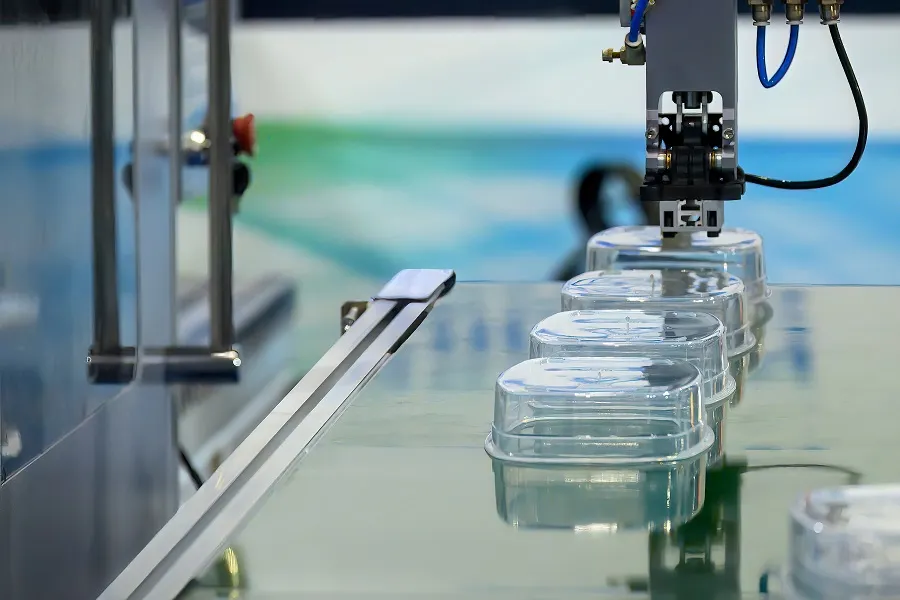
Shelf Life Requirements
When selecting a material, consider the product’s desired shelf life. Products intended for extended storage require superior oxygen and moisture barriers to prevent degradation. This might require packaging with multi-layer structures or oxygen scavenging technologies.
Consider the storage conditions your product will experience. Will it be refrigerated, frozen, or stored at ambient temperatures? Will it be exposed to sunlight? Different conditions require different material properties to maintain safety and quality throughout the intended shelf life.
The end-of-life scenario for your packaging should also factor into material selection. For products with short shelf lives, more easily recyclable materials could be appropriate, while long-shelf-life products might prioritize barrier properties even if they require more complex material structures.
Desired Properties
Don’t underestimate the importance of visual appeal in food packaging. If product visibility is important for consumer appeal, clear materials like PET or clarified PP display contents while maintaining protection. Alternatively, if light protection is needed, opaque materials like HDPE offer better defense against UV degradation.
Consider the functional needs of your packaging. Does it need to be resealable? Microwaveable? Easy to pour from? Each functional attribute may suggest specific materials or design elements to enhance consumer convenience while maintaining food safety.
Finally, don't overlook the importance of decoration and branding. Different plastic types accept printing, labeling, and decoration techniques with varying degrees of success. Your chosen material should accommodate your branding requirements while fulfilling its primary protective functions.
Schedule Your Free Food-Grade Packaging Consultation with Ashland Container
Our packaging experts can identify the optimal food-grade plastic solutions for your product needs. Our team will analyze your requirements and recommend materials that ensure safety, compliance, and product protection.
Prioritize Safety in Food Packaging with Ashland Container
The journey through the world of food-grade plastics is complex yet important. From the fundamental safety requirements that define "food-grade" to the properties that make different plastics ideal for particular applications, selecting the right packaging material demands careful consideration of multiple factors.
The stakes are high in food packaging decisions. The right choice protects not only your product and your consumers but also your brand reputation and regulatory standing. On the other hand, poor material selections can lead to product degradation, safety concerns, or compliance issues with serious consequences. This isn’t a decision you want to take lightly. However, you don’t need to navigate this topic with unanswered questions.
At Ashland Container, we bring over five decades of packaging expertise to help navigate these complex decisions. Our in-depth understanding of food-grade plastics, regulatory requirements, and packaging performance ensures that your products are protected with materials that prioritize safety and quality.
Looking for food-grade plastic options that align perfectly with your specifications? Reach out to our packaging specialists at Ashland Container today for expert guidance.

